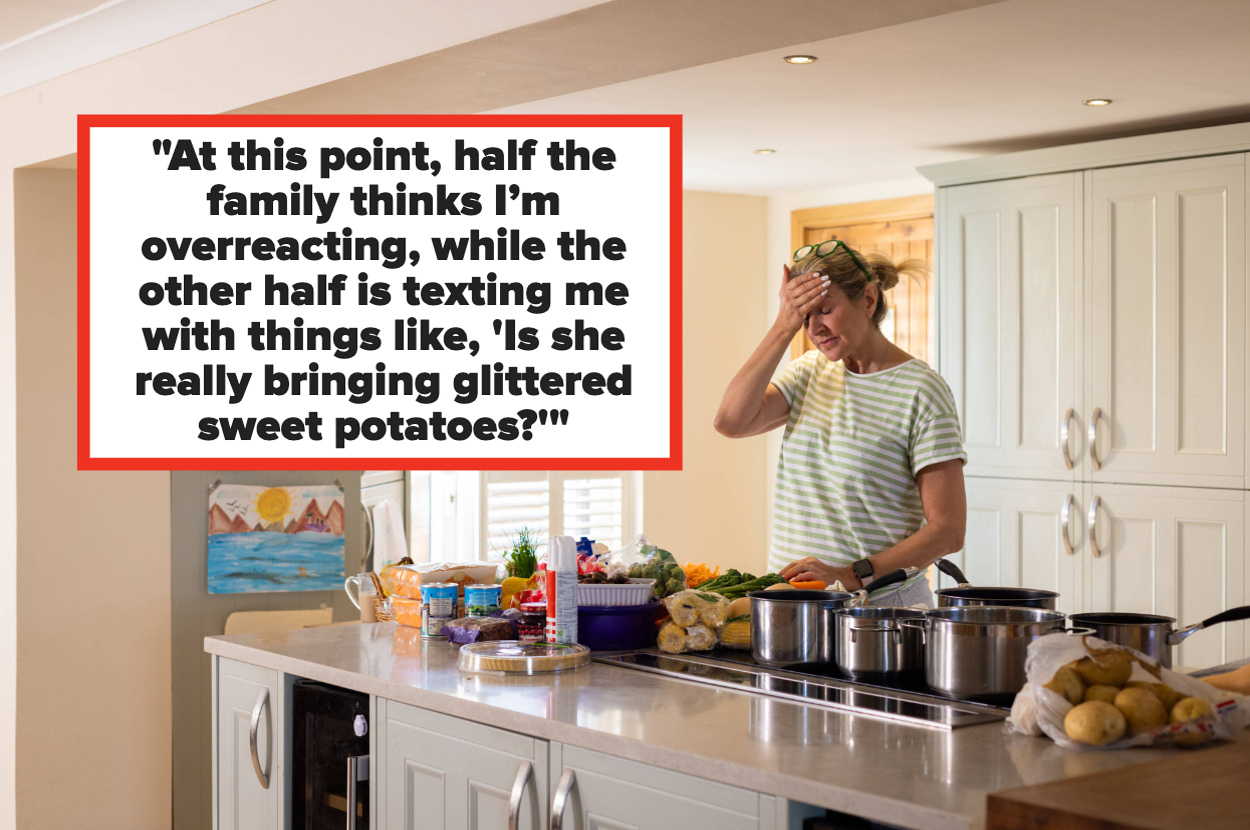Want to drink like the poets and artists of old did? Try absinthe, the verdant liqueur that tastes like black licorice and derives much of its flavor from a plant called wormwood, a.k.a, Artemisia absinthium (which is from whence the drink gets its name).
Absinthe has a reputation for causing hallucinations, and its nickname, The Green Fairy, has historically given people the idea that one who imbibes this green liquor will actually see such a thing, among other mind-bending sights. The truth is that absinthe, while certainly one of the stronger liquors out there (one version is 179 proof, which means it's almost 90% alcohol), does not cause the hallucination, erratic behaviors, and even murders for which it has become legendary. Despite its alcohol content, which is typically made up to 150 proof in the U.
S., absinthe contains relatively little of the substance thujone, which supposedly makes the green drink hallucinogenic. In fact, in order to ingest enough thujone for it to make anything of that sort appear, you would likely reach a state of unconsciousness before you could attain a state of hallucination.
If you're looking for an alcoholic beverage that could produce hallucinations, there's – although it might be hard to get your hands on it in this day and age. So why is absinthe associated with strange visions and weird behavior? If it wasn't the absinthe making creatives more imaginative or turning men into violent beasts, then what was it? For starters, let's clear .


















